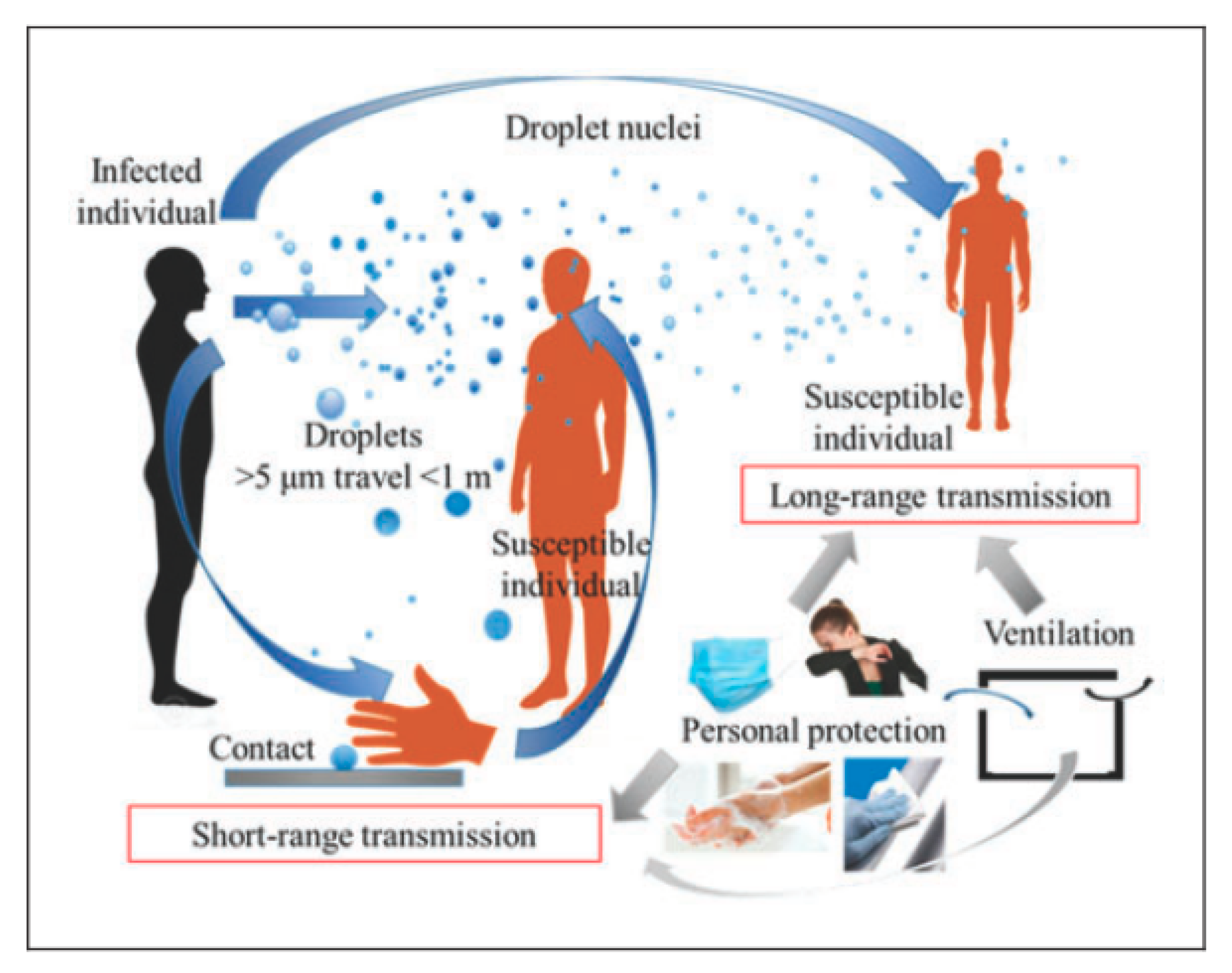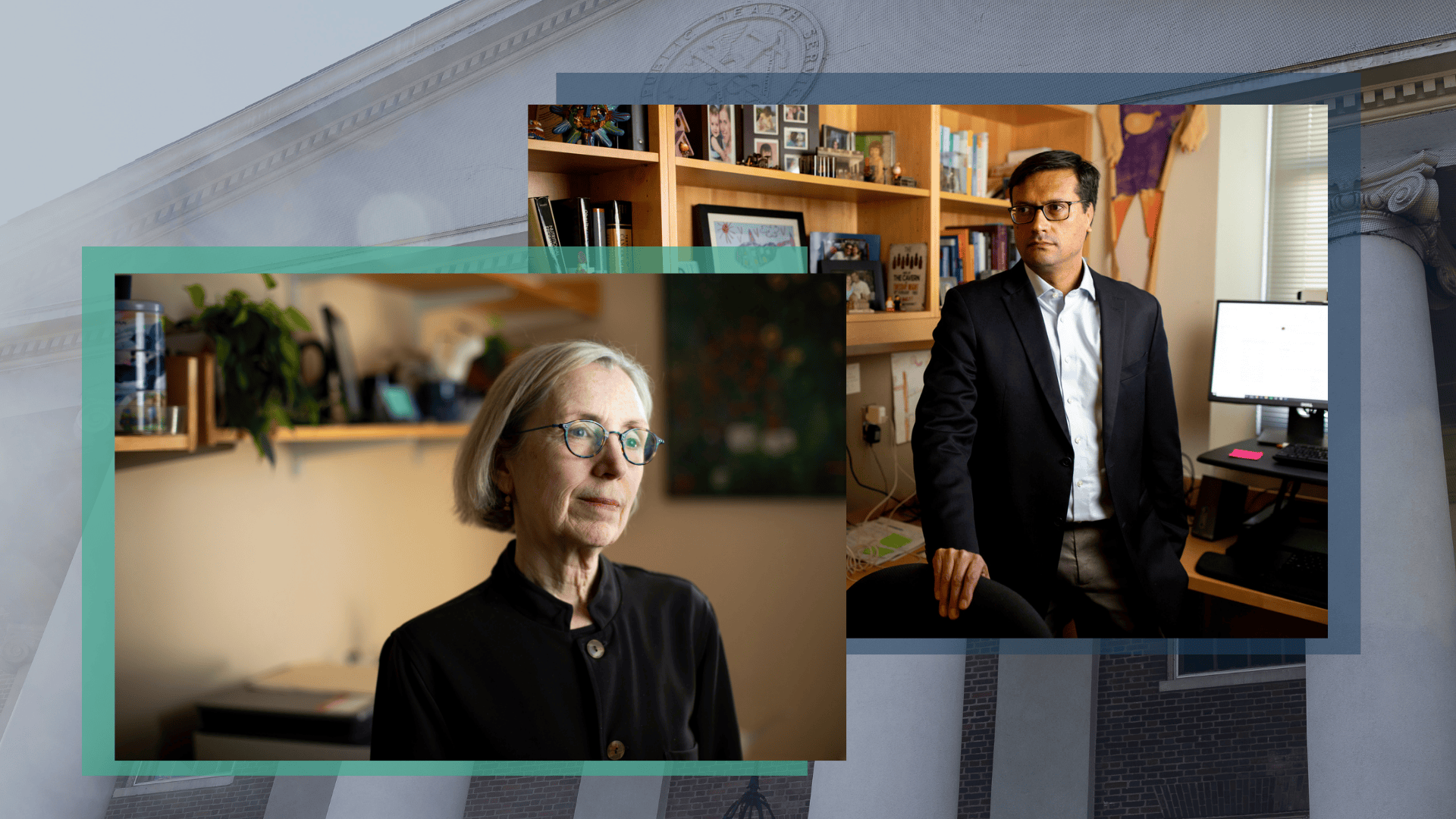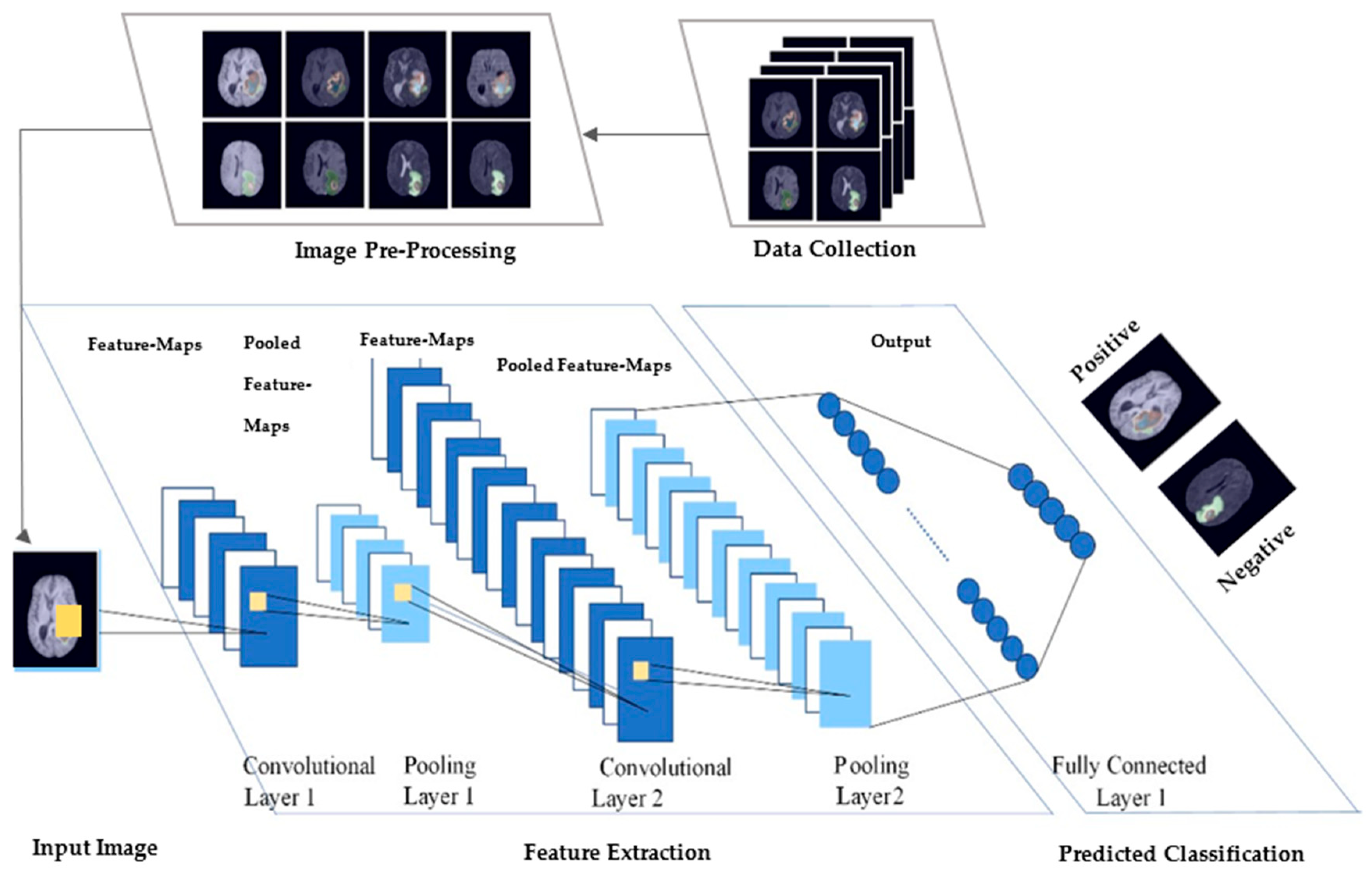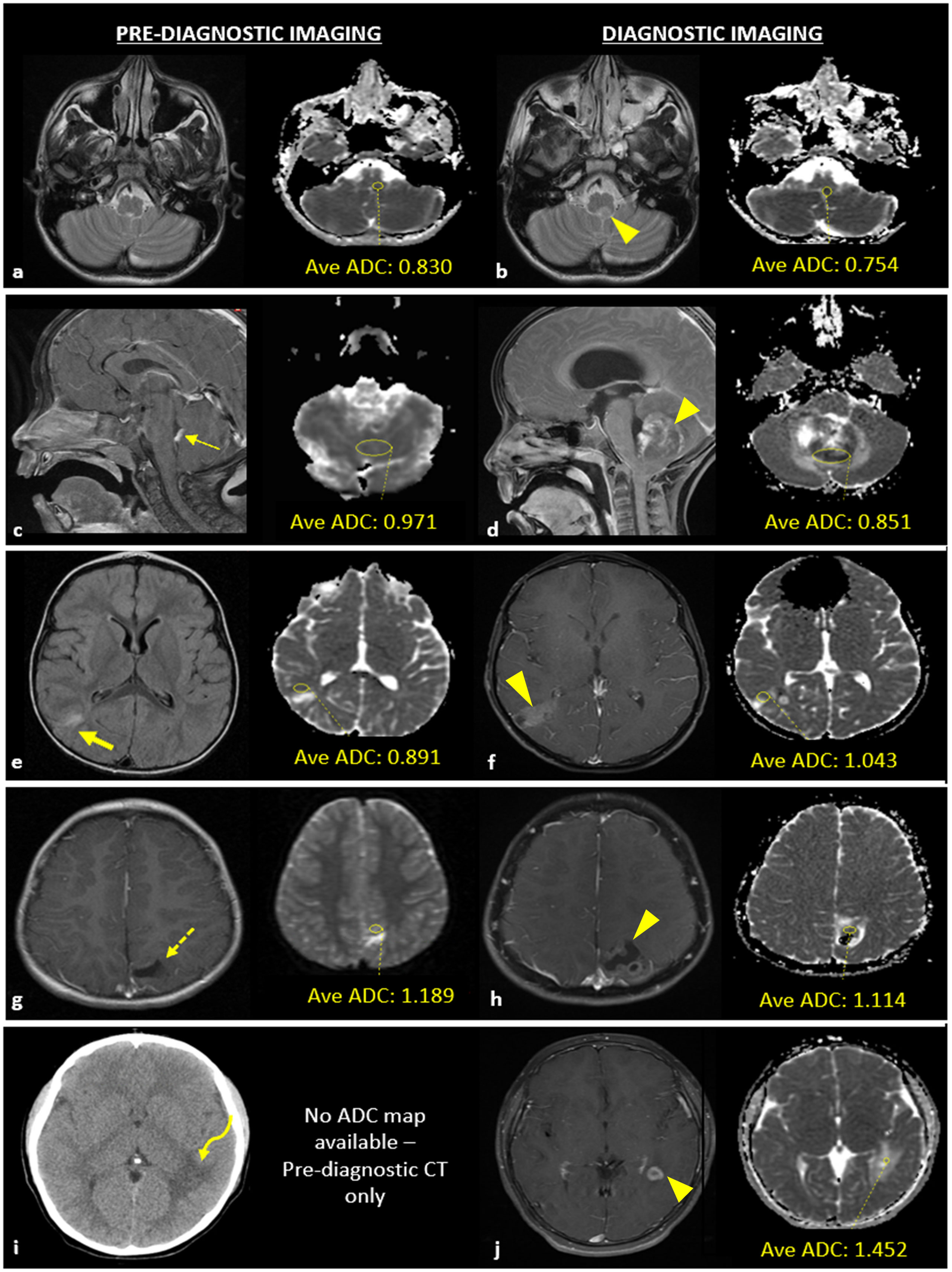
Airborne disease research is a critical field that has evolved dramatically over the years, unearthing insights that have profound implications for public health. Carl Zimmer, in his exploration of this topic, shines a light on the history and struggles faced by researchers like William Firth Wells, who sought to prove that pathogens can be transmitted through the air. This notion, rooted in the germ theory of disease, has challenged earlier beliefs that air was merely a passive vehicle for illness. As we delve into the intricate nature of airborne transmission, it becomes clear that understanding microorganisms in air is essential for developing effective containment strategies. The journey of airborne disease research highlights not only the scientific advancements but also the personal obstacles researchers encounter in bringing these crucial findings to light.
The study of airborne pathogens is an ever-evolving domain, delving into the mechanisms by which infectious agents can spread through the atmosphere. This area of research emphasizes the vital role played by various microorganisms that inhabit our airspace, raising awareness of their potential to cause widespread health crises. Investigations into how diseases transmit through air currents have informed public health policies, especially during outbreaks. Notably, the contribution of researchers like Carl Zimmer and William Firth Wells has been instrumental in reshaping our understanding of airborne illnesses. Their work underscores the significance of interdisciplinary collaboration in advancing our knowledge and responses to airborne pathogens.
The Pioneering Research of William Firth Wells
William Firth Wells was a pivotal figure in the realm of airborne disease research. His investigation into how pathogens could be transmitted through the air laid the groundwork for modern understanding of airborne infections. By employing innovative techniques such as the centrifuge to analyze air samples, Wells demonstrated that microorganisms could be spread not just through water and food, but also through the very air we breathe. This paradigm shift was crucial in advancing the germ theory of disease, as his findings provided tangible evidence that human exhalations could harbor pathogens, contradicting the long-held belief that air alone was harmless.
However, despite his groundbreaking contributions, Wells’ research often went unrecognized due to his challenging personality. As Carl Zimmer illuminates, Wells struggled to communicate his findings effectively, leading to a disconnect between his research achievements and societal acceptance of airborne transmission theory. This underscores a critical aspect of scientific progress: the personalities of researchers can significantly influence the reception of their work. The tension between Wells’ innovative findings and his unfortunate career impediments serves as a powerful reminder of the complexities inherent in scientific communication and validation.
The Evolution of the Airborne Germ Theory
The evolution of the airborne germ theory represents a significant milestone in public health and microbiology. Initially resisted, the concept emerged slowly through the cumulative efforts of scientists like Wells, who connected the dots between illness and airborne pathogens. For centuries, the prevailing belief was that infectious diseases were caused by miasmas or ‘bad air’ rather than visible microorganisms. It wasn’t until researchers such as Louis Pasteur and Robert Koch made substantial contributions to the germ theory that the scientific community began to accept the role of microbes in disease causation.
Carl Zimmer highlights this transition by referencing how figures like Wells attempted to bridge this gap in understanding. The acceptance of airborne transmission as a legitimate pathway for diseases such as tuberculosis and measles reflects a historical shift in thinking about public health. As more evidence mounted, especially in light of Wells’ infectious chambers experiments, the notion that air could carry deadly germs began to gain traction. This foundational understanding paved the way for significant advances in infection control, highlighting the importance of continuous research into airborne disease transmission.
The Impact of Personalities on Scientific Acceptance
In the realm of science, the personalities of researchers can often have profound implications for the acceptance of their theories. Carl Zimmer’s discourse on the life of William Firth Wells illustrates how an unpleasant demeanor and social awkwardness can overshadow even the most groundbreaking research. Despite his critical findings regarding airborne pathogens, Wells struggled to gain respect and credibility within the scientific community, which diminished the impact of his work. This phenomenon is a testament to the human element in scientific progress, where charisma and communication can be just as important as innovation and evidence.
Zimmer’s observations resonate deeply within the context of health research, particularly airborne disease research, where public perception shapes funding, policy, and scientific inquiry. The journey of Wells highlights that while intellectual contributions are essential, the acceptance of scientific theories often depends on the ability to effectively communicate and relate to audiences. As science continues to evolve, understanding and cultivating effective communication strategies will be crucial for researchers, ensuring that their vital contributions are recognized and accepted by society.
Challenges in Airborne Disease Research
Even with increased recognition of the significance of airborne diseases, research in this field faces numerous challenges. As detailed by Carl Zimmer, foundational figures like Wells encountered significant resistance not only from their peers but also from societal norms that were reluctant to accept new ideas about disease transmission. For instance, during the cholera outbreaks, public health responses were primarily focused on waterborne pathogens, and airborne transmission was largely disregarded. This historical oversight illuminates the complexities of advancing scientific frameworks that contradict long-standing beliefs.
Today, as we confront new pathogens, the importance of understanding airborne transmission remains paramount. Researchers must navigate various hurdles, including limited funding, the need for public awareness, and evolving scientific methodologies to accurately study airborne microorganisms. Moreover, the lingering stigma surrounding previous rejections of airborne theories can impede funding and support for innovative research. Therefore, fostering a better understanding of these challenges is essential for advancing airborne disease control and ensuring that history does not repeat itself.
The Role of Ultraviolet Light in Airborne Pathogen Control
One of William Firth Wells’ notable contributions to airborne disease research was his discovery regarding the efficacy of ultraviolet (UV) light in neutralizing airborne pathogens. This groundbreaking revelation opened doors to innovative infection control strategies in various settings, including hospitals and schools. By demonstrating that UV light could effectively eliminate pathogens in the air, Wells laid the groundwork for the incorporation of advanced purification technologies in public health strategies, particularly during outbreaks of diseases such as tuberculosis and measles.
Carl Zimmer emphasizes this pivotal finding by pointing to the significant implications of Wells’ work for modern public health policies. As we continue to face challenges from airborne diseases, harnessing UV light technology presents an avenue for effectively managing airborne contagions. Understanding its mechanisms and optimizing its application in crowded spaces, such as airplanes and public transport, could dramatically reduce the transmission of infections. Consequently, Wells’ legacy is not only of historical significance but also of ongoing relevance in our fight against airborne diseases.
The Historical Context of Airborne Disease Awareness
The historical context of airborne disease awareness reveals the intricate evolution of public health perspectives. Long before scientific validation, the concept of disease transmission was steeped in misconception and superstition, with many attributing illness to miasmas or environmental conditions rather than understanding the role of microorganisms in air. Early thinkers like Hippocrates posited that foul air could cause diseases, a notion that persisted for centuries before scientific inquiry began to unravel the complexities of pathogen behavior.
As Carl Zimmer discusses, the gradual acceptance of airborne transmission was a monumental shift in public health philosophy. The struggles of early researchers, particularly William Firth Wells, put a spotlight on the sometimes harsh realities of scientific progress. These historical lessons underscore the importance of rigorous research and the inevitability of overcoming social and scientific resistance for the advancement of public health knowledge. Recognition and understanding of these historical contexts are crucial for shaping how societies respond to current and future public health challenges.
The Future of Airborne Disease Research
Looking forward, the future of airborne disease research is both promising and uncertain. With recent advancements in technology and a growing understanding of pathogens, researchers are better equipped than ever to tackle the challenges posed by airborne diseases. As highlighted by Carl Zimmer, ongoing efforts must pursue deeper insights into how these diseases spread and evolve. Innovative methodologies will likely unveil new dimensions of airborne transmission, potentially leading to more effective public health interventions.
However, as illustrated in Wells’ story, personal dynamics in the scientific community can still hinder progress. Ensuring that new findings reach broader audiences and influence public health policy will be critical. Furthermore, fostering collaborations between scientists and public health officials can enhance understanding and response strategies. The road ahead requires not just scientific ingenuity but also a commitment to improving the social and communicative aspects of research for the continued fight against airborne diseases.
Public Health Policies and Airborne Transmission
The intersection of public health policies and airborne transmission highlights the importance of science-based decisions in mitigating health risks. Historically, the reluctance to accept airborne disease theories has often resulted in inadequate responses to outbreaks. Insights from William Firth Wells’ work have emerged as crucial reminders of the necessity for informed policy-making that considers emerging evidence about how pathogens spread through our environment.
Carl Zimmer’s analysis calls attention to the responsibility of public health officials to incorporate scientific advancements into policy frameworks. Effective public health policies should adapt to ongoing research surrounding airborne diseases, integrating findings on pathogen behavior and transmission dynamics. By doing so, authorities can implement preventive measures that protect vulnerable populations and promote healthier environments in public spaces, especially amidst ongoing global health challenges.
The Importance of Communication in Science
Effective communication stands as one of the most vital aspects of scientific inquiry, particularly in the field of airborne disease research. As exemplified by Carl Zimmer’s discussions on William Firth Wells, the ability to convey scientific findings clearly and persuasively can determine the acceptance and impact of research. Wells’ struggles with communication not only hindered his career but also limited the reach of his groundbreaking findings on airborne pathogens.
As science continues to evolve in complexity, researchers must prioritize the transparency and accessibility of their work. This includes engaging with media, public audiences, and policymakers to bridge gaps in understanding. By investing in communication training and focusing on public engagement, scientists can ensure that critical findings in airborne disease research translate into meaningful actions that benefit society as a whole. Proactive communication strategies can empower public health initiatives and enhance community resilience in the face of infectious diseases.
Frequently Asked Questions
What impact did Carl Zimmer’s research have on airborne disease research?
Carl Zimmer’s research highlights the historical context of airborne disease research, focusing on misconceptions about disease transmission, particularly the role of airborne pathogens. Through his book, “Air-Borne: The Hidden History of the Life We Breathe,” Zimmer underscores the necessity for public understanding of airborne transmission and acknowledges the contributions of researchers like William Firth Wells.
How did William Firth Wells contribute to our understanding of airborne transmission?
William Firth Wells greatly advanced the field of airborne disease research in the 1930s by demonstrating that human exhalations could spread microorganisms through the air. His innovative studies using a centrifuge revealed how pathogens are transmitted and emphasized the need for controlling airborne infections, laying foundational work for current germ theory implementation in public health.
What is the significance of germ theory in airborne disease research?
Germ theory is pivotal in airborne disease research as it explains how microorganisms can cause infections, including through air transmission. This concept, promoted by scientists like Louis Pasteur, shifted the understanding of disease spread, enabling researchers to investigate airborne pathogens and their impact on public health, as illustrated by Wells’ breakthrough studies.
In what ways did the personality of researchers affect historical advancements in airborne disease research?
The personality traits of researchers like William Firth Wells have historically impacted the acceptance and advancement of airborne disease research. As noted by Carl Zimmer, Wells’ awkward persona and difficulties in communication hindered the recognition of his groundbreaking work on airborne pathogens, suggesting that social dynamics can significantly influence scientific progress.
How can modern research benefit from the historical lessons of airborne disease investigations?
Modern research in airborne disease can leverage historical lessons by acknowledging the importance of clear communication and collaboration among scientists. The experience of researchers like Wells, who faced obstacles due to personal characteristics, underscores the necessity for a supportive environment that promotes the acceptance of innovative ideas in airborne disease research.
What role do microorganisms in air play in the transmission of airborne diseases?
Microorganisms in air are crucial in the transmission of airborne diseases, as they can spread pathogens that cause infections when inhaled. Studies conducted by early researchers, including Wells, have shown that controlling these microorganisms, particularly through methods like ultraviolet light disinfection, is essential for preventing disease outbreaks linked to airborne transmission.
What obstacles did William Firth Wells face in his research on airborne infection?
William Firth Wells encountered numerous obstacles in his research on airborne infection, including conflicts with supervisors, a challenging personality that limited collaborations, and a lack of recognition for his pioneering work. These factors often sidelined his contributions to airborne disease research, despite his significant findings on pathogen transmission.
What advancements have been made in airborne disease control since Wells’ time?
Since Wells’ time, advancements in airborne disease control include the development of modern ventilation systems, UV light disinfection technologies, and rigorous guidelines for air quality management. These innovations build upon the foundational work of early researchers and enhance our ability to prevent the spread of airborne diseases in various environments.
How did Wells’ experiments with infection chambers aid in the understanding of airborne diseases?
Wells’ experiments with infection chambers allowed researchers to isolate and control air quality, leading to crucial insights into how airborne pathogens spread disease. His work demonstrated the necessity of managing ventilation to prevent infections, significantly contributing to the body of knowledge surrounding airborne disease research and its applications in public health.
| Key Points | Details |
|---|---|
| Researcher: William Firth Wells | Former Harvard researcher known for his work in airborne diseases. |
| Challenges in Acceptance | Despite his findings, Wells faced significant hurdles due to his personality and relationships with peers. |
| Historical Context | The concept of airborne diseases was not widely accepted until the 19th century, despite earlier theories (e.g., Hippocrates’ miasmas). |
| Research Contributions | Pioneered the use of infection chambers and ultraviolet light to demonstrate air-borne pathogens. |
| Impact of Personality | Wells’ off-putting demeanor led to missed opportunities and conflicts that hampered his research’s acceptance. |
| Later Career | Redeemed with help from former assistant Richard Riley; confirmed airborne transmission of tuberculosis in research. |
| Legacy and Future | Carl Zimmer expresses skepticism about future research due to the historical reliance on individual researchers’ personalities. |
Summary
Airborne disease research has faced numerous challenges historically, particularly due to the influence of individual personalities on scientific progress. Carl Zimmer highlights how William Firth Wells, despite making significant contributions to the understanding of airborne pathogens, struggled to gain recognition because of his socially awkward demeanor. This narrative underscores the importance of not only scientific merit but also the social dynamics that can influence research acceptance and advancement in the field of airborne diseases.




